Short News
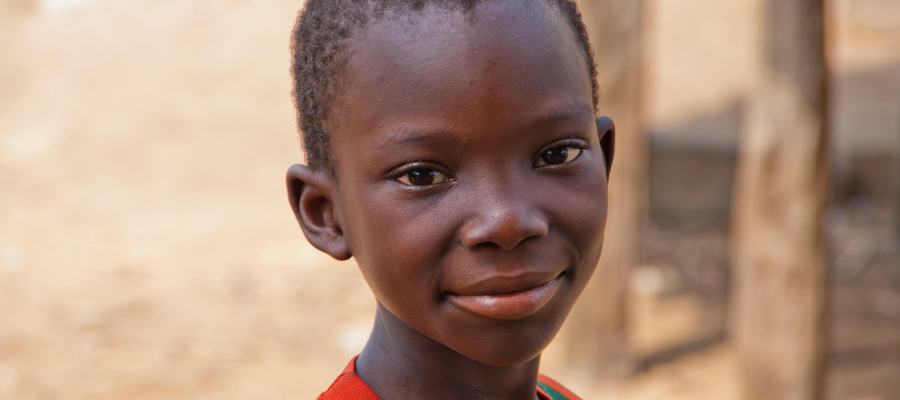
School success in Benin
In the West African country of Benin, only one in five children completed primary school in 1990. But in 2013, three in four children completed school.

The world spends less on weapons
In 1990, the world’s military budget was 3.7 percent of total GDP. Latest numbers from 2013 show a decrease to 2.3 percent of GDP.
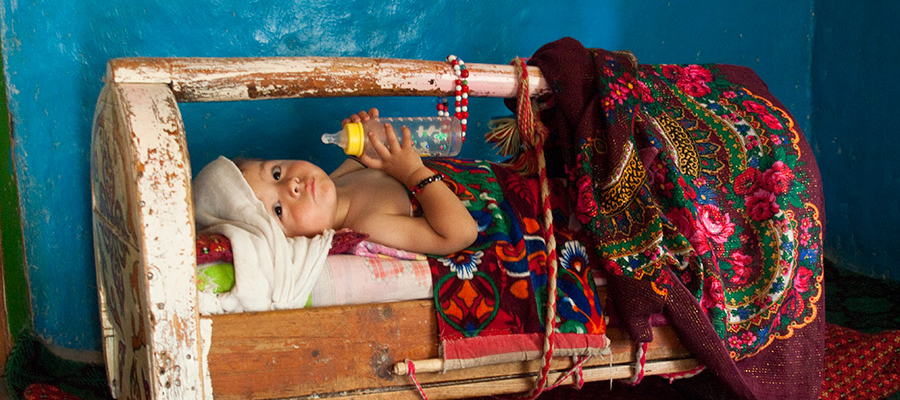
More children survive in Tajikistan
In Tajikistan in the 1990s, one in ten children died before the age of five. Now, less than half as many children die. Numbers of births have also dropped.
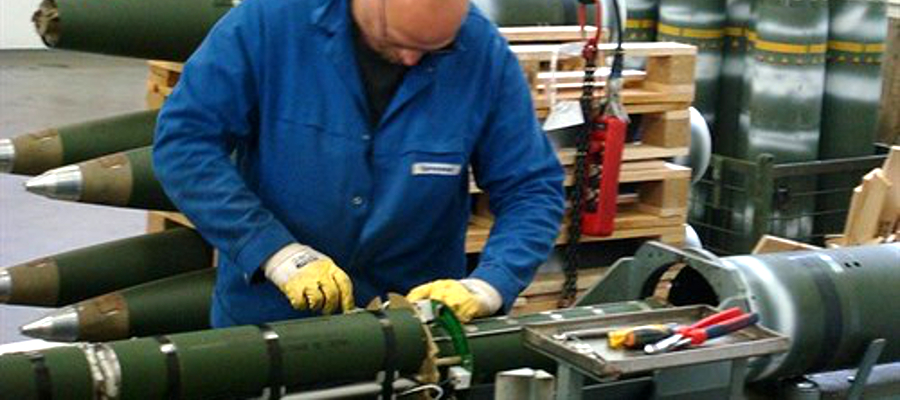
Germany destroys its cluster bombs
Three years before international deadline, Germany has destroyed its last cluster munitions. In the past, the country had 537,000 of these problematic weapons.

Fast rebuild after typhoon
When the typhoon Haiyan struck the Phillipines in 2013, it destroyed many houses. Two years later, the Red Cross has built 66,000 new homes, ahead of schedule.
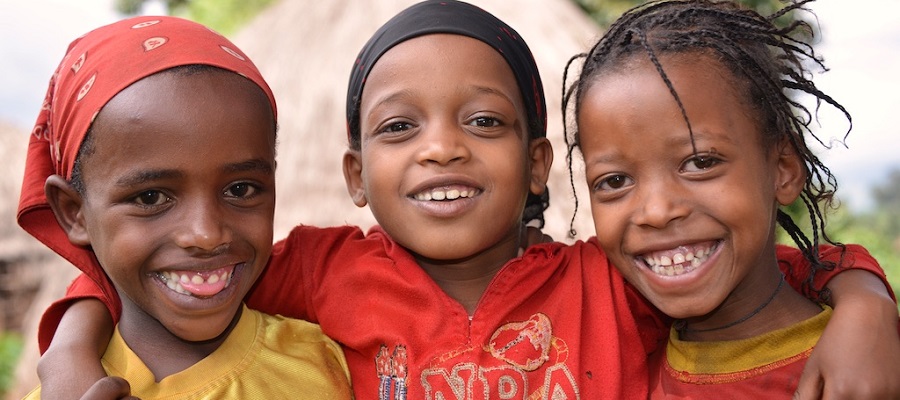
Female genital mutilation is down
The proportion of girls experiencing female genital mutilation in the 29 countries, where most of the world’s circumcisions happen, is down a third since 1980.
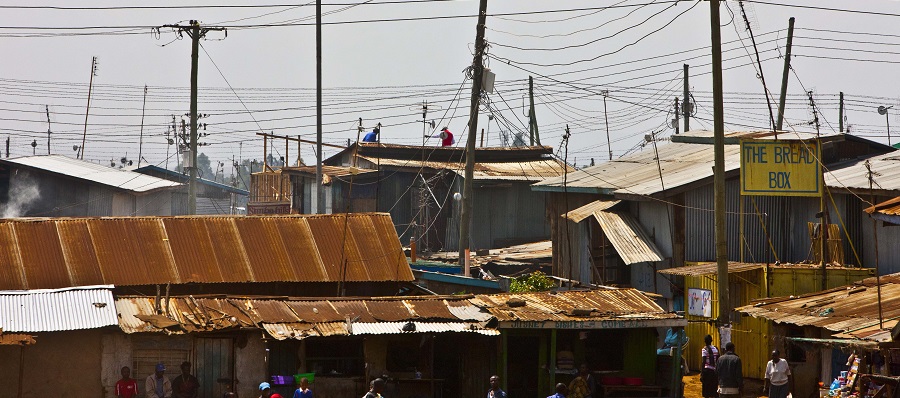
150.000 get power in Kenyan slum
In just one year, the number of people in Kenya’s slum areas who receive cheap, legal and reliable power has grown from 5000 to 150.000.
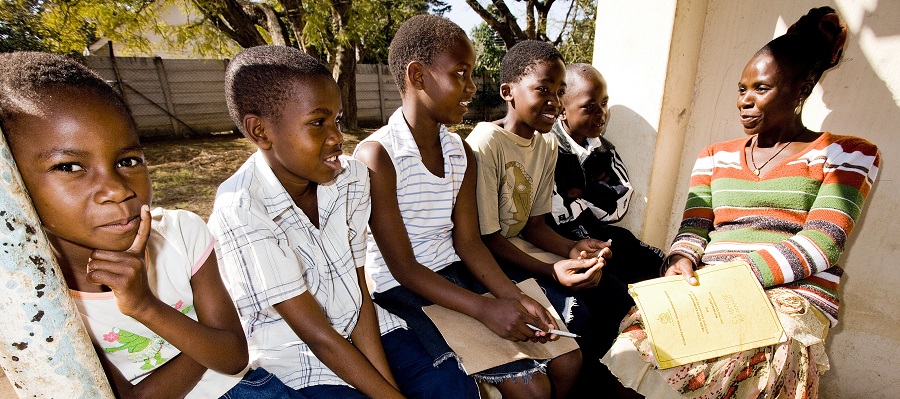
Fewer HIV infected children
The number of new HIV cases in children aged 0-15 has dropped 57 % in 2009-2913 in Ethiopia, Zimbabwe, Botswana, Namibia, and Mozambique.
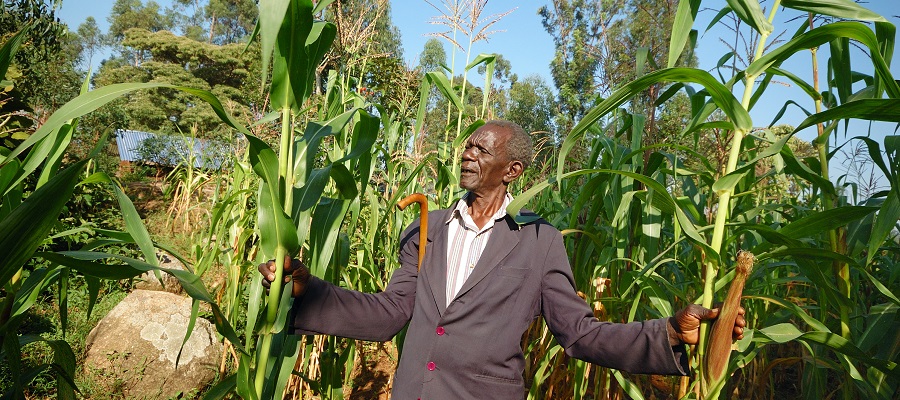
Kenyan farmers triple maize harvest
30.000 farmers in Kenya have learnt new farming techniques and tripled their maize harvest. The new techniques have also cut their carbon emissions.
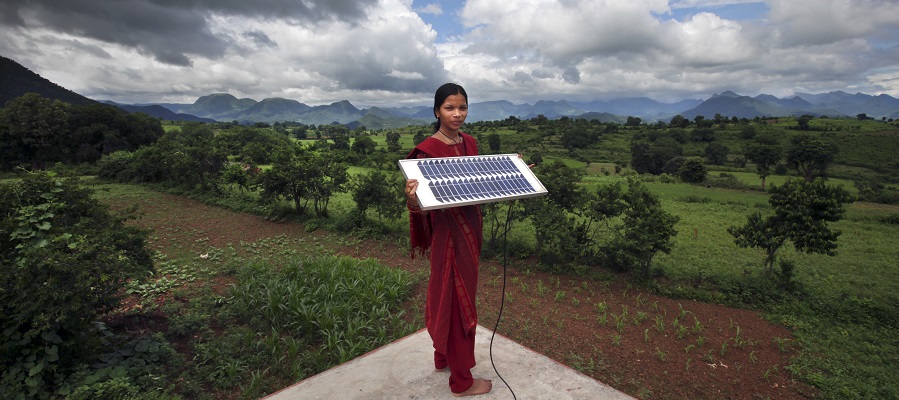
Investment in sustainable energy
Worldwide, investments in sustainable energy have increased six-fold between 2004-2014. In 2014, the total global investments reached 270 billion dollars.
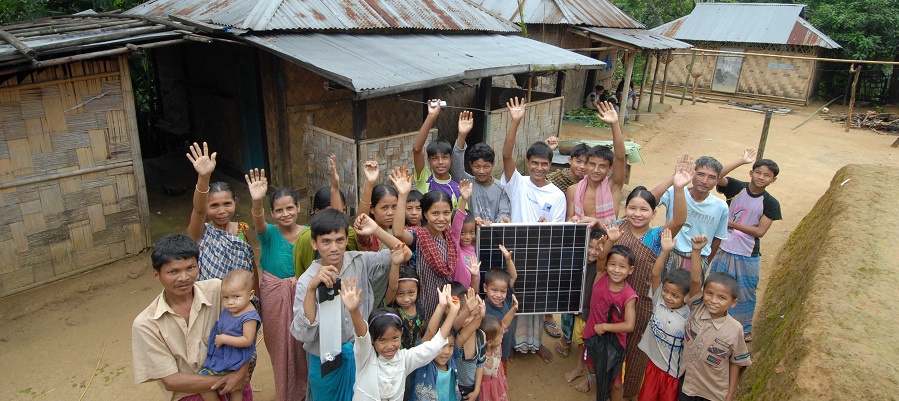
Solar for millions of Bangladeshis
3.6 million homes in Bangladesh have solar panels, giving 20 million people access to electricity, especially in rural areas outside the national power grid.
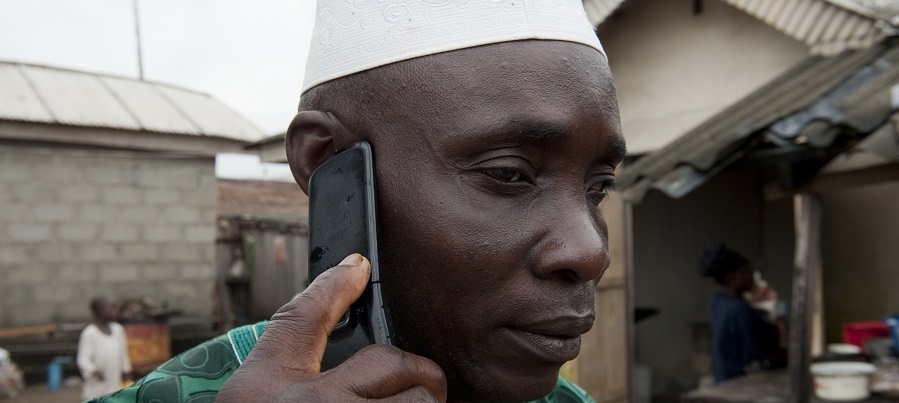
Cell phones in the developing world
There are 92 cell phone subscriptions per 100 people in developing countries, giving the poor access to mobile banking, education and weather and health info.